Search Knowledge Base
IP65, IP67, IP68 Ratings – What’s the Difference?
2 min read
IP65, IP67, IP68 Ratings – What’s the Difference? #
IP ratings, or ingress protection, is a code that expresses the degree of protection against dust and water. Generally speaking, the higher the IP rating, the more protected your light is. IP ratings are developed by the IEC utilizing standard 60529. IP ratings include 2 digits. The first being protection against dust and the second being against immersion of water.
| 1s Digit | Solid Object Protection | 2nd Digit | Water Protection |
|---|---|---|---|
| 0 | Not protected | 0 | Not protected |
| 1 | Protected against solid objects greater than 50 mm | 1 | Protected against vertically dripping water |
| 2 | Protected against solid objects greater than 12.5 mm | 2 | Protected against sprays of water when tilted up to 15 degrees |
| 3 | Protected against solid objects greater than 2.5 mm | 3 | Protected against sprays of water when tilted up to 60 degrees (rain) |
| 4 | Protected against solid objects greater than 1mm | 4 | Protected against water sprayed |
| 5 | Protected against dust | 5 | Protected against light jetting water |
| 6 | Dust tight (total protection) | 6 | Protected against jetting water |
| 7 | Protected against immersion in water (under 30 minutes, up to 1.5m) | ||
| 8 | Protected against continuous immersion in water (up to 1.5m) | ||
| 9k | Protected against high pressure and temperature |
Using the table above, we can figure out what IP67 means. A device that is IP67 rated, is dust tight (6) and can be temporarily submerged in up to 1m of water for under 30 minutes (7). IP67 is a industry standard, with higher end products breaking into the IP68 and IP69K territory.
What’s the difference between IP69 and IP69K? #
The IP69 rating is for equipment (light boxes, panels, etc) that is in areas that are washed. The IP69K is for equipment used on road vehicles (spot lights, tail lights, etc). A IP69K rated device is meant to withstand several pressure washes at high temps.
What are IPX7, IPX8, etc ratings? #
IPX rated devices have a heavy focus on immersion testing. An IPX7 device has not been tested for dust ingress protection, thus does not have a rating in the first digit. However it has been through immersion testing to validate it’s water protection. If you see terms like IPX7 or IPX8 rated, you can still use the above chart to calculate the water immersion protection.





